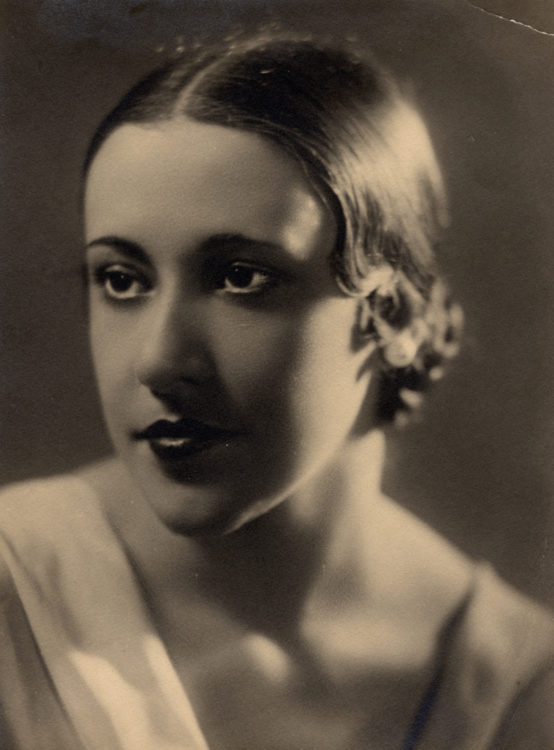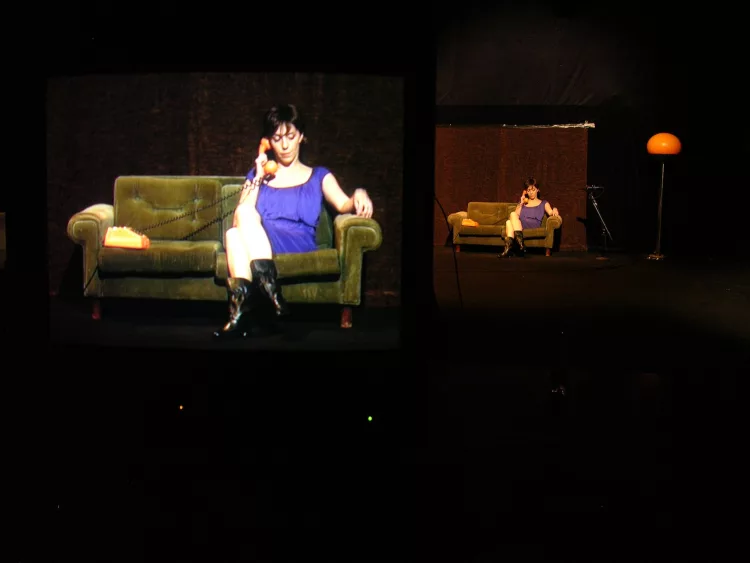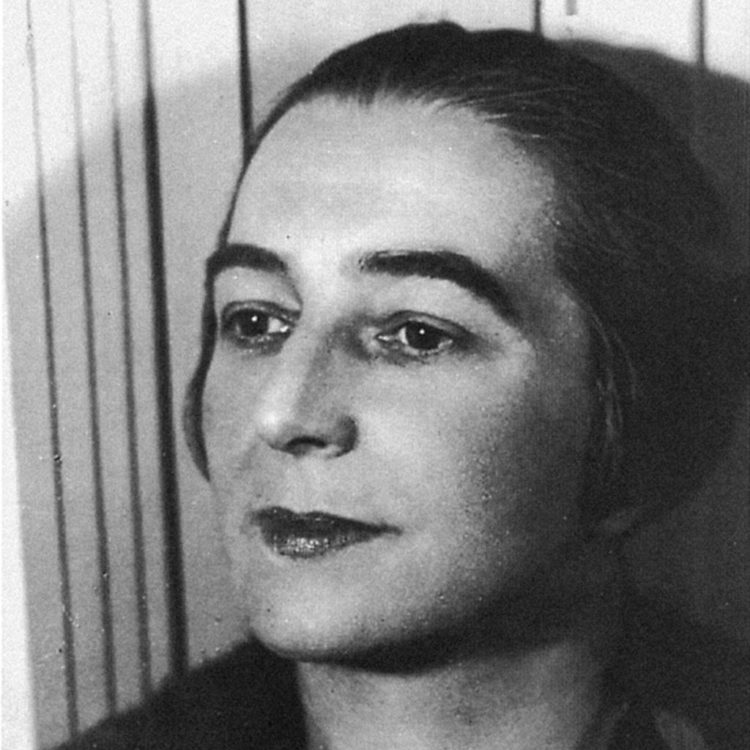Focus
American performing artist Loie Fuller (1862–1928) was a true pioneer who revolutionised the Parisian live performance scene at the dawn of the 20th century. Movement and magic were both central to her solo shows, with coloured lights playing across the flowing panels of her dress as she twirled them about on the stage. Poet Stéphane Mallarmé was amongst her admirers, and she danced to the rhythm of Claude Debussy’s compositions. She once remarked that her performances consisted of “projecting vibrations and waves of visual music into space”. She was highly creative, experimenting with fabrics and electricity in her own theatre and patenting her inventions. Fascinated by phosphorescence, she even tried – in vain – to convince Pierre and Marie Curie to make her a costume using radium. Her famous Serpentine Dance has seen many imitations. Since 2011, Polish choreographer Ola Maciejewska has been researching L. Fuller for a dedicated project.
Now largely overlooked, French performing artist Valentine de Saint-Point (1875–1953) penned her 1912 Manifeste de la femme futuriste (Manifesto of Futurist Woman) in response to the misogynistic views of Filippo Tommaso Marinetti, a theorist of the Italian Futurist movement. In an effort to liberate women from male dominance, she openly attacked the “chattering dolls” of the theatre as well as ritual dances and pantomime, which she considered to merely “imitate” reality. An example of both “still art” and “moving art”, her solo piece La Métachorie (1913) was an “ideist” attempt to merge music, poetry, dance and geometry. More closely associated with Futurist machinism, Italian dancer Giannina Censi (1913–1995) sought to translate her experiences with acrobatic flight into visual form. In 1931, dressed in a silvery costume, she performed F. T. Marinetti’s Aerodance set to his “air poems”.
The worlds of cabaret, pantomime and cinema are indispensable to any account of the provocative figure Valeska Gert(1892–1978). A friend of Bertolt Brecht, this German performance artist reportedly once improvising a dance to the sounds of a sewing machine and a typewriter at a Dada event in Berlin. Between 1923 and 1927, photographer Suse Byk (1884–1943) captured the most famous of her expressive and caricatural solos, Tod [Death], Salomé, Kanaille[Prostitute] and Klupperin [Madam]. For the past several years, Hungarian performance artist Eszter Salamon (1970–) has been reviving her creations.
In an altogether different style, Sophie Taeuber-Arp (1889–1943) took on the challenge of dancing with her face and body hidden beneath a delicate assemblage of painted paper and cardboard panels for the 1916 opening of the Dada Gallery in Zurich. Seven years later, Sonia Delaunay (1885–1879) crafted the curious fabric-and-cardboard costumes worn by performers at Dadaist Tristan Tzara’s Cœur à barbe event.
Finally, the impact of Elsa von Freytag-Loringhoven (1874–1927) on the New York avant-garde between 1917 and 1923 is now being reassessed. The Dada Baroness, as she was called, was not content merely to parade about in extravagant costumes. A poet and sculptor, she also collected found objects and frequented the same circle of artists as collector Walter Conrad Arensberg, Man Ray and, most significantly, Marcel Duchamp, whom she immortalised in an assemblage portrait. Some women historians have suggested she is the true originator of the readymade Fontaine, which caused a major stir in 1917.










